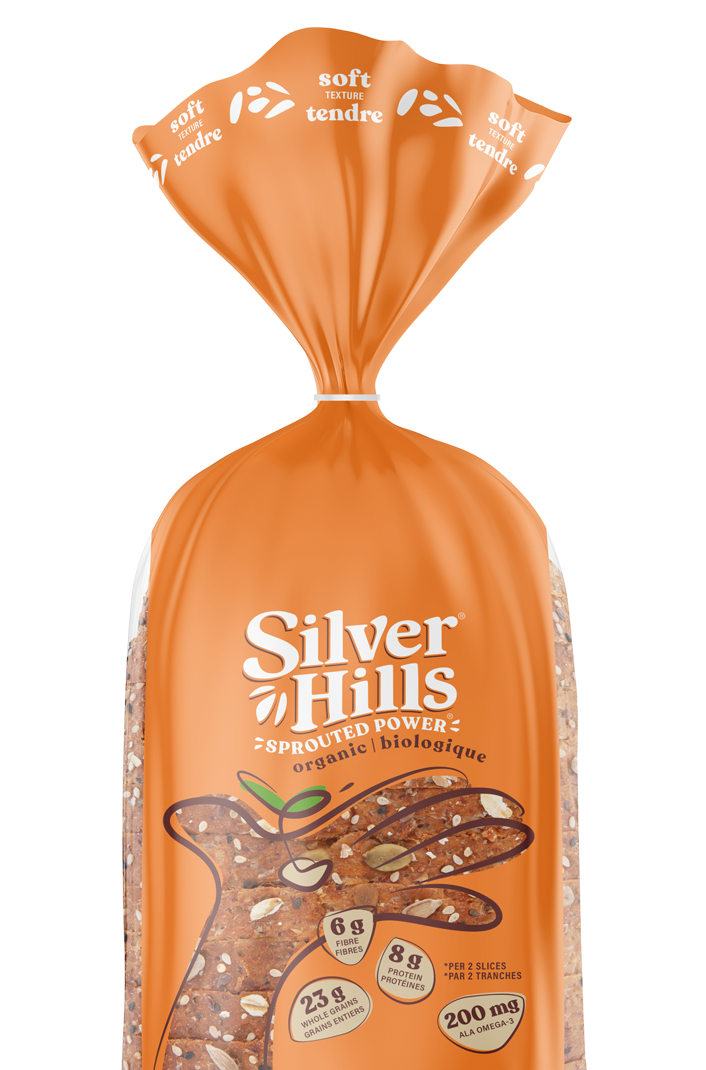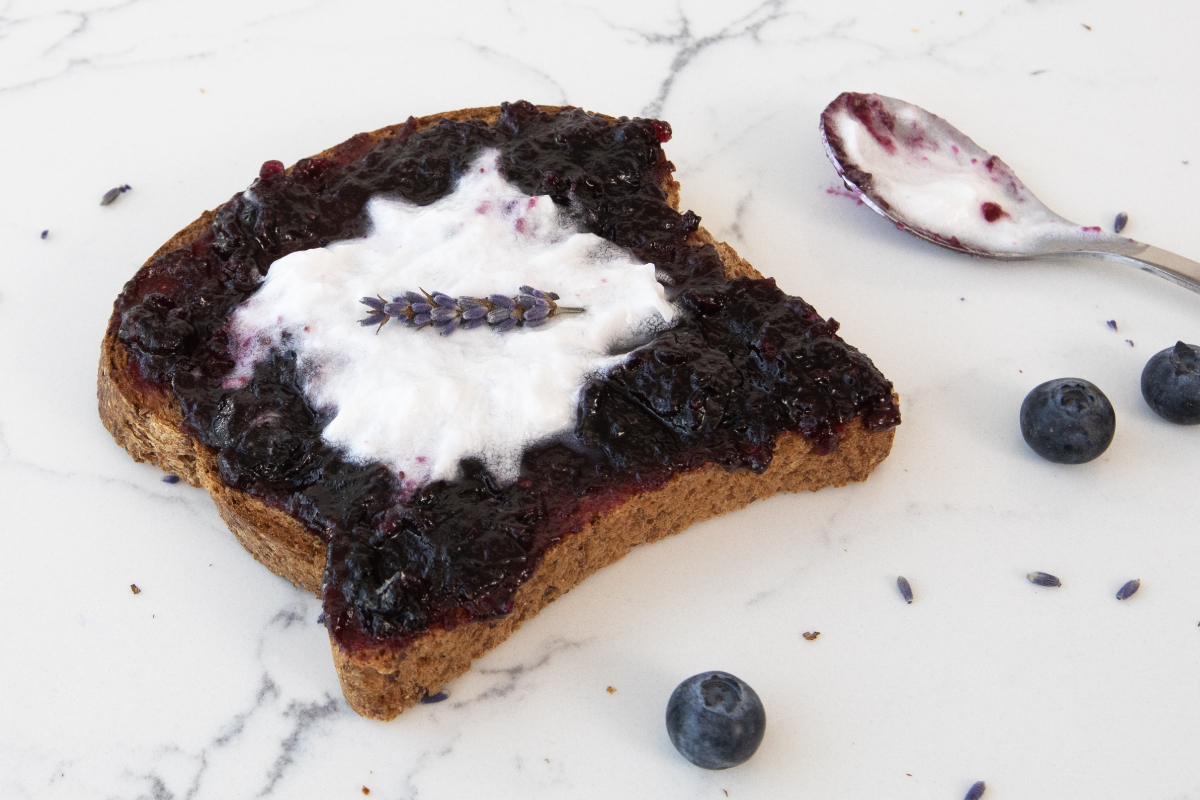Recipe Carrot Marmalade
Try this easy 4 ingredient recipe and add a little sunshine to your morning toast!
March 14, 2018

Start your day with a bright and uplifting spoonful of sunshine! Our carrot marmalade recipe adds a fun twist on tradition with an unexpectedly delightful star ingredient—carrots!
Carrots bring more than sneaky veggies to the party. As well as being a stellar source of antioxidant beta-carotene (an immune-boosting carotenoid), this vibrant root vegetable brings a luscious sweetness to a breakfast table favourite. You won’t find any bitterness here!
One taste is all you’ll need to join us in saying an hour invested in this easy 4-ingredient recipe is worth every second! Spread carrot marmalade on our delicious Multigrain bread with a dab of buttery spread or plant-based cream cheese.
Ingredients
- 2 cups carrots , shredded (about 4 medium or 3 large carrots)
- 1 large orange (such as navel or Valencia)
- 3 ¼ cups sugar
- 1 lemon , juiced (or 3 Tbsp lemon juice)
Instructions
- Before you begin, place a small plate in the fridge or freezer to chill. Wash and dry 3 – 4 half pint (250ml / 8 oz) jam jars (or other equivalent size to hold 1 ½ – 2 cups of marmalade).
- Wash your orange, then remove the zest (the orange outer layer only) using a vegetable peeler. Slice the orange zest into thin strips with a sharp knife (see tips).
- Cut off the remaining white peel (the pith) from the orange and discard.
- Using a paring knife, slice between the membranes to remove the segments from the orange. Chop the orange segments finely, then transfer fruit and any juice on your cutting board to a large saucepan (see tips).
- Add remaining ingredients (zest, sugar, carrots, and lemon juice) and bring to a boil over medium-high heat.
- Lower heat to medium-low and simmer, stirring every few minutes until thickened. To test if your carrot marmalade is ready, spoon onto a very cold plate—if it gels quickly, it's ready (if not, return plate to the freezer, then simmer a few more minutes before testing again). Depending on the size of your saucepan, this will take approximately 35 – 45 minutes of simmering.
- Using a ladle, carefully transfer carrot marmalade to your clean jar/s. Allow to cool for several minutes, then wipe the rims with a damp cloth or paper towel before putting on the lid/s.
CAUTION: due to the sugar content, molten marmalade straight off the stove is sticky and comes with a high risk of scalding—children should not handle the marmalade or open jars until it has cooled. If you drip on yourself, run your skin under cold water immediately. Do not sample the marmalade straight from the pot! - Keep in refrigerator for up to 1 month or process in a water bath for longer storage.
- Serve with your favourite Silver Hills Bakery sprouted bread and vegan cream cheese.
Try these handy tips!
- The larger your saucepan, the shorter the simmer. If you use a smaller saucepan, be prepared for it to take longer for your carrot marmalade to thicken. (Shallower marmalade with more surface area allows liquid to evaporate faster. If you plan to double the batch, use the biggest saucepan you have, or cook it in two pots).
- If you have one, use the shredding attachment on a food processor to speed up your carrot prep. (Otherwise a trusty box grater does the job equally well!).
- If you or your family are marmalade aficionados, slice your orange zest wider for a thick cut marmalade experience. (Or slice your zest—and shred your carrots—finely for a more refined texture).
- Zest a second orange and double just the zest portion of the recipe for a more intense orange flavour closer to traditional marmalade.



